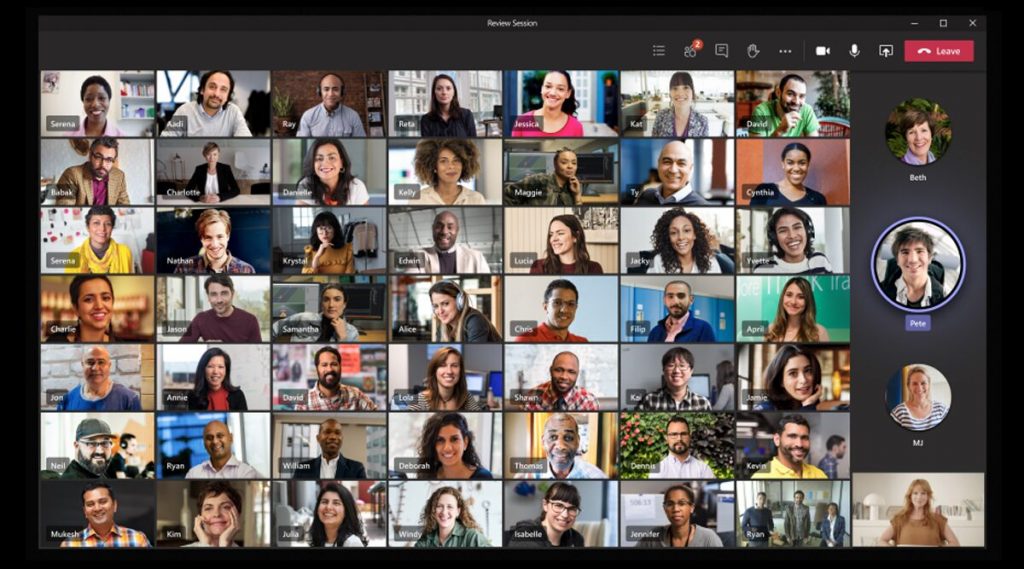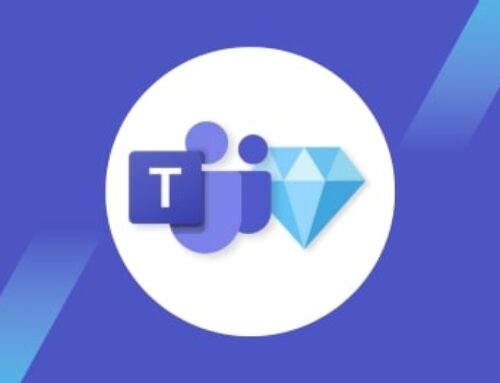Microsoft revealed, a while ago, that Teams total video calls had grown over 1,000% during March alone and this number is increasing enormously month after month , as workers and schools began remote working under coronavirus restrictions.
With Teams video usage exploding across the world because of the COVID-19 coronavirus lockdown, Microsoft has decided to accelerate the rollout of some much-needed features to help remote workers and schools hold better video calls. The company has responded to calls from Microsoft Teams users who want to see more than just four or nine participants on the screen, and has now allowed up to 49 people simultaneously. A huge amount of people have upvoted a request for more on-screen faces, this is why Microsoft have accelerated development of the ability to put more participants on screen, which was scheduled for June 2020.
Expanding the Teams grid view to 7×7, which accommodates up to 49 participants at once on a single screen, moves Microsoft Teams to be equivalent to video-conferencing rival Zoom, which also allows 49 users on screen at once. Cisco WebEx, which is also popular in the enterprise, allows users to see up to 25 participants. Also, Hangouts in G-Suite supports up to 25 people on a video call.
Few months back when Teams supported only 9 participants on 1 screen, and according to Jared Spataro, Corporate Vice President for Microsoft 365, “We’ve seen a new daily record of 2.7 billion meeting minutes in one day, a 200 percent increase from 900 million on March 16. And as students and teachers turn to Teams for distance learning, there are 183,000 tenants in 175 countries using Teams for Education”.
Microsoft says it’s adding new features based on what it’s hearing from Teams clients in the education space, including teachers and education leaders, many of whom expect to use technology more than they had before the pandemic. For educators, seeing all their students’ faces at the same time makes a big difference in student engagement, as well as social and emotional connection. A majority of those educators that Microsoft surveyed expect the 2020-21 school year will be a mix of remote and traditional in-classroom learning.





